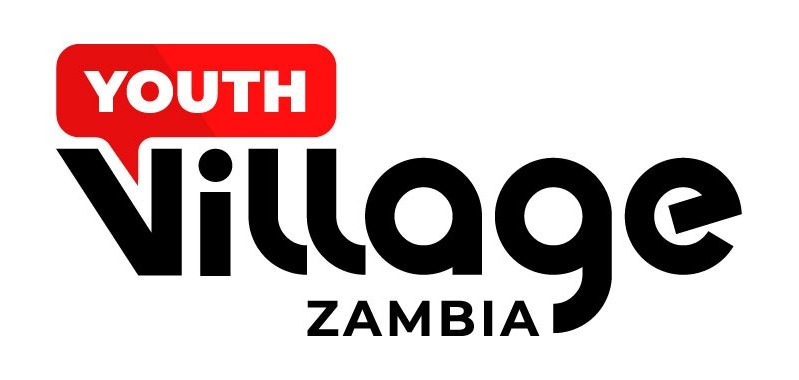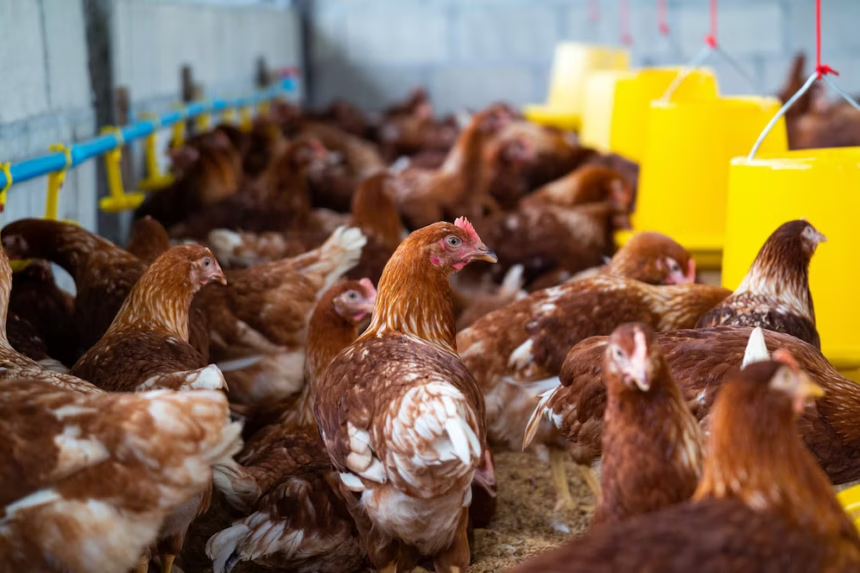The Poultry Association of Zambia (PAZ) has reported a significant decline in the performance of the poultry industry during the first quarter of 2025, marking a sharp contrast to the relatively stable and productive start seen in the same period over the past two years.
Speaking in an interview on Saturday, PAZ Executive Manager Dominic Chanda attributed the downturn to a combination of persistent challenges including load shedding, a weakening Kwacha, limited availability of raw materials, and flooding in key farming regions.
“First and foremost, if you compare the first quarter of this year and the last two years, I think the last two years were better,” Chanda explained. “The industry performed very well then, given the fact that most fundamentals were intact. We had good rainfall, power supply, the Kwacha was a bit stable, but this particular season we entered the year on a very difficult note.”
Key Challenges Impacting the Poultry Sector
According to Chanda, one of the biggest hurdles for poultry farmers in 2025 has been the unstable power supply, with load shedding disrupting production processes and cold storage. This has had a direct effect on poultry meat and egg output, leading to supply shortages and increased operational costs.
The volatility of the Zambian Kwacha has also added financial pressure. With the local currency weakening, the cost of imported feed ingredients and other essential farming inputs has risen sharply, making it harder for farmers to maintain profitability.
Additionally, Chanda pointed to disruptions in the supply chain for raw materials, particularly maize and soybeans, which are critical components in poultry feed. These shortages have further compounded the challenges already faced by the industry.
Flooding in several farming areas has worsened the situation. Not only has it affected transportation networks and access to markets, but it has also led to loss of stock and damaged infrastructure for many small and medium-scale farmers.
Outlook for the Rest of 2025
Despite the gloomy start to the year, Chanda expressed hope that government and private sector interventions could help stabilize the situation moving forward. He called for improved coordination in energy supply, support for local feed production, and targeted relief for farmers affected by natural disasters.
“The sector is resilient, and with the right support, we can bounce back,” Chanda said. “But we need quick and strategic actions to cushion the impact on producers and ensure food security for the nation.”
The poultry industry in Zambia plays a vital role in both employment and food supply, with thousands of farmers and value chain players depending on it. As the year progresses, stakeholders will be watching closely to see whether the sector can recover from its early setbacks.






